After spending time in the ‘plain’ Great Plains, we were ready for adventure. Spending the night in Audubon’s Rowe Sanctuary Sandhill Crane photo blind was surely going to be one of our more unique undertakings. Access to a photo blind took pre-planning since the reservation window for the 4 blinds opened on January 2nd with availability from March 20th– April 11th only.
We shelled out $200 to stay in a 4 ft. H x 8 ft. W x 6 ft. plywood box, which looked much like a coffin for two. No room service, but this accommodation had 4 windows with a view! The blinds are strategically placed along the Platte River allowing one to see and photograph thousands of the 400,000 to 500,000 Sandhill Cranes as they roost in the evening and take flight in the morning. We arrived at the Sanctuary early to get the lay of the land (or water) and to be sure that they were still allowing viewers, since the temperature was dropping to 20 degrees that night. We were told that “the birds will be there regardless” thus we were expected to be there too.
At 4:45 p.m., we were ready to be taken to our blind. We had two Therm-a-Rest sleeping pads, two flannel sleeping bags zipped together, and a very heavy comforter for sleeping. We were wearing thermal underwear, two pair of wool sox, and layers of warm shirts under our winter coats. Hats, mittens, many chemical hand and body warmers, snacks and thermoses of hot coffee and tea completed our pile. It looked as if we were staying the week rather than just one night. We were literally carted to our blind, provided a bucket (with seat and lid) and warned that we were not to come out until they came to cart us back. Also, since the birds were flying off later than usual, we were expected to stay put until 11am the next morning!
The sight and sound of the mass of cranes silhouetted against the darkening sky was beyond description. Three of the names for a group of cranes are a “swoop”, a “dance”, or a “siege”, and after watching this show, I am not sure which fits best. The cranes slowly streamed in, landing up and down river as far as we could see, with many just feet from our blind. We watched as they landed, danced, and jockeyed for position. Several times as they were settling for the night, groups were spooked, and various sections of the river would erupt with birds taking off, circling, and then returning to the same area.
Sometime after dark, the birds quieted, and we were actually able to sleep. We made sure to set an alarm since our fear was to oversleep, and after going to all this effort, miss the most impressive part of the adventure. We needn’t have worried; only the hardest of sleepers could have slept as the birds began to stir, and it wasn’t until 10:15 a.m. that they began taking flight.
The ascent of thousands of cranes darkened the sky starting up river, moving in waves down river, finally working its way to us. Interestingly, many birds would come back to settle on a section of the river, only to re-erupt to the sky. By 11 a.m. almost all of the birds had left the river to feed in nearby farm fields. The morning flights were absolutely awe inspiring, and it is impossible for me to adequately describe the sight, sound, and feeling of such a majestic, glorious, fabulous, captivating, magnificent, and splendid experience. Even great pictures seem underwhelming in comparison.
We added no new birds to our list, but celebrated the event with a wonderful late breakfast to fuel our start to the Chirichua Moutains in Arizona.
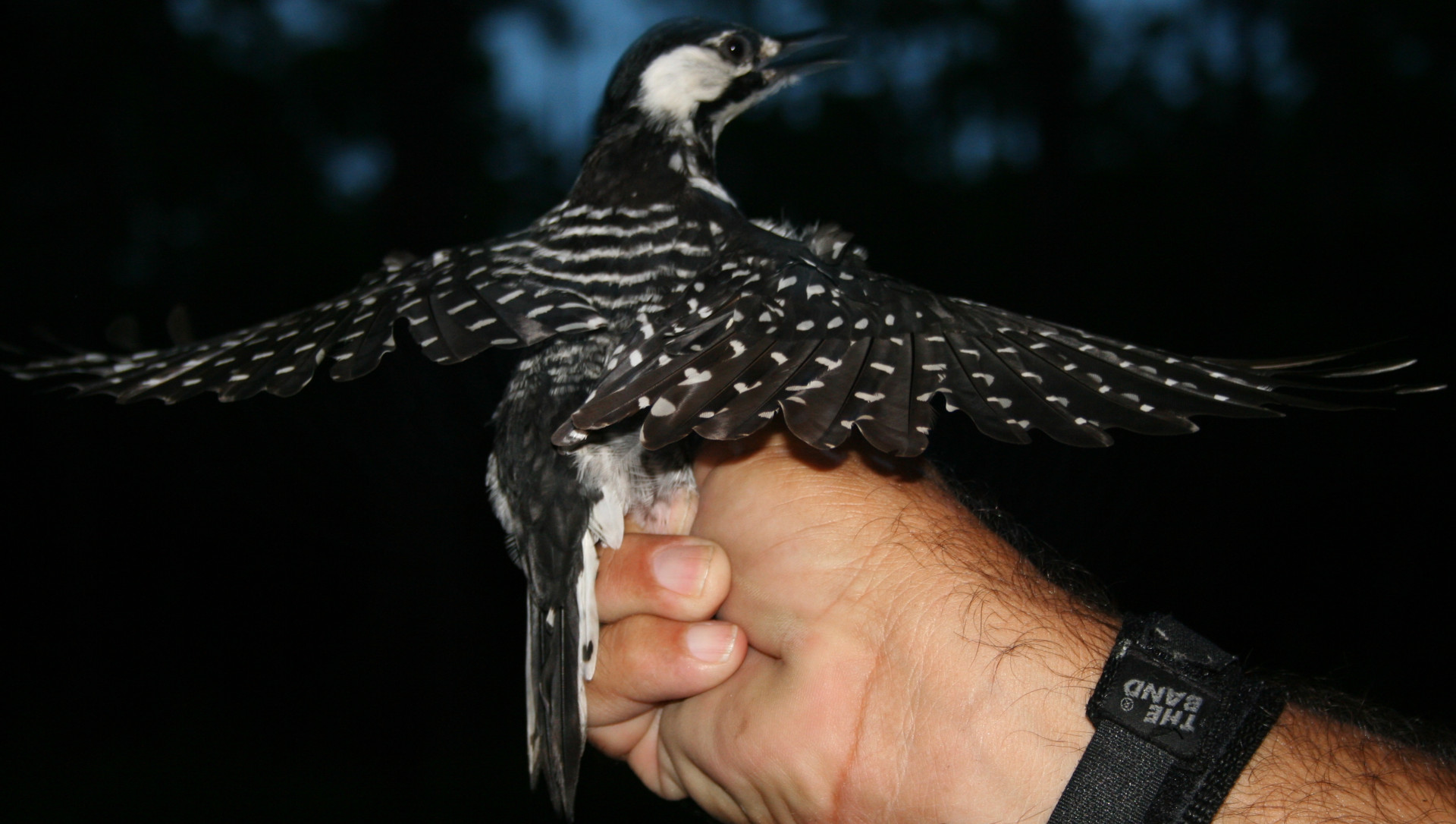
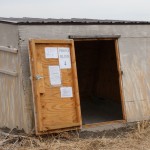
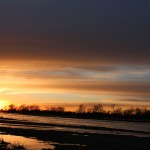
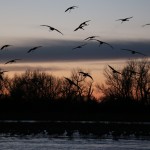

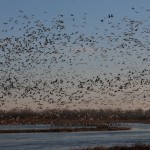
Oh, oh, oh!!!!! I’m so incredibly jealous!!!!! And absolutely THRILLED for you!!!!! Thank you so much for sharing your amazing experience with us! Love you guys… 🙂 Christie